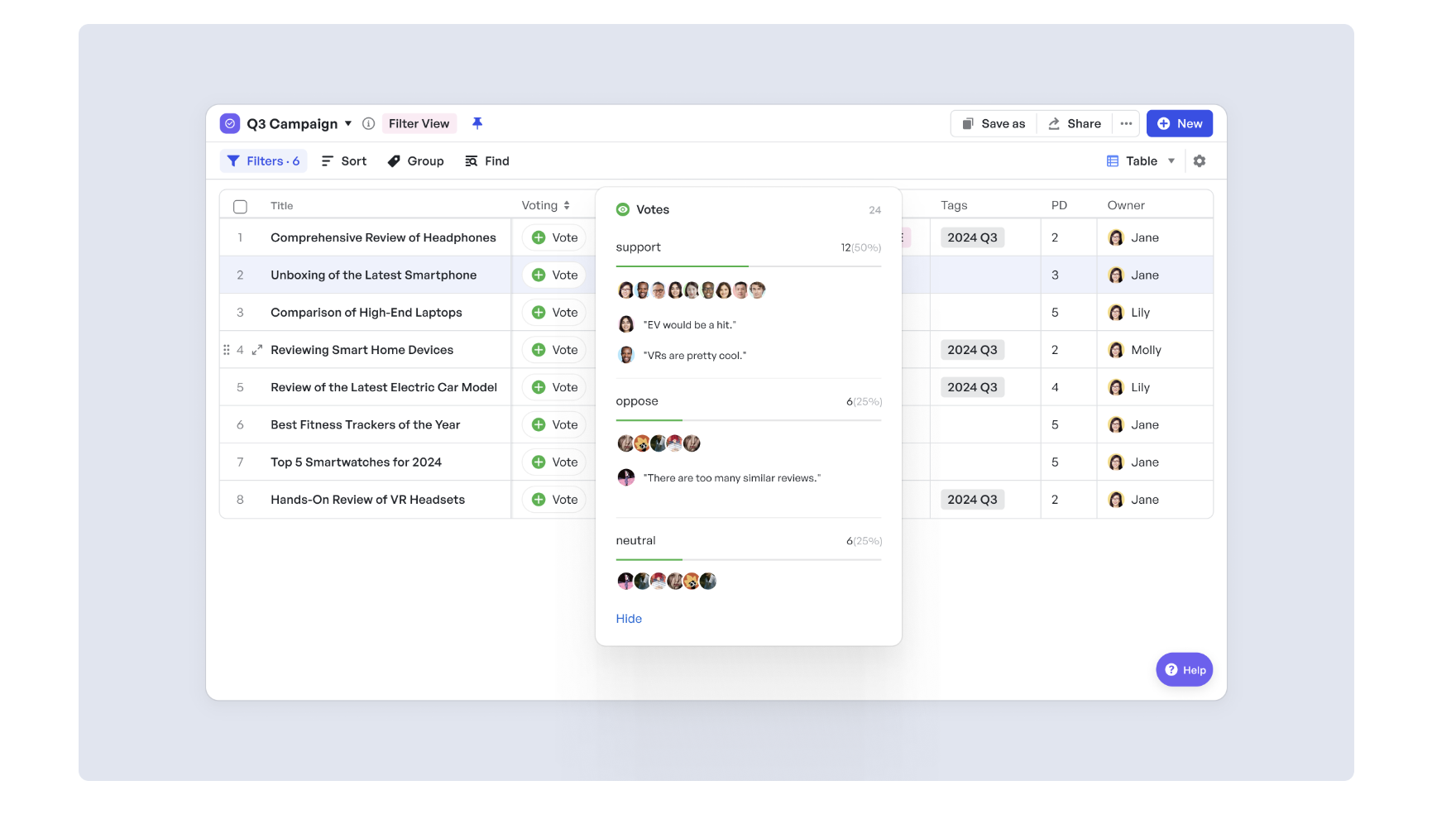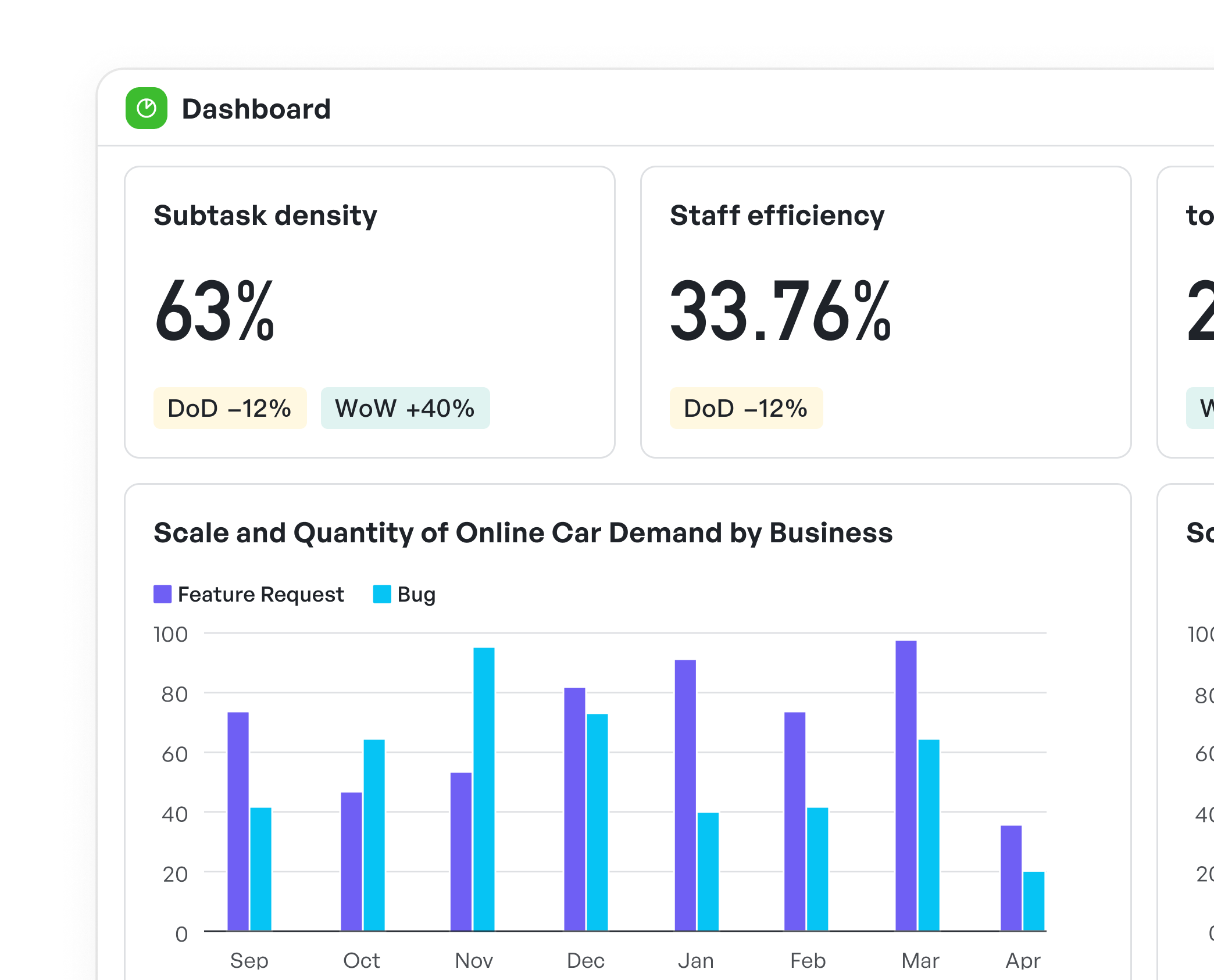How to Implement Extreme Programming in Healthcare

Understanding Extreme Programming Methodology
Extreme Programming (XP) is an agile software development methodology focused on delivering high-quality software through frequent releases and iterative development. In the context of healthcare, XP emphasizes collaboration, continuous improvement, and customer-centric development.
By incorporating practices such as pair programming, test-driven development (TDD), and continuous integration, XP enables healthcare organizations to address the fast-paced and high-stakes nature of their projects.
The goal of XP in healthcare is to develop systems that are reliable, secure, and responsive to the constantly changing needs of patients, medical professionals, and regulatory requirements. Unlike traditional software development approaches, XP promotes high collaboration between developers, healthcare professionals, and stakeholders to ensure that solutions meet the real needs of users.
To fully understand how XP can benefit your healthcare software projects, let’s explore its core principles, values, and real-world applications in healthcare.
Core Principles of Extreme Programming
Extreme Programming revolves around several key principles that help ensure software development is efficient and produces high-quality outcomes. These principles can be especially valuable in healthcare, where precision, reliability, and adaptability are critical.
- Communication: XP emphasizes continuous and open communication among team members, stakeholders, and end-users. In healthcare, this ensures that developers are aligned with clinical and administrative needs, creating software that addresses real challenges.
- Simplicity: XP encourages simple solutions and designs, which is particularly important in healthcare applications that must be easy to use and implement. Avoiding unnecessary complexity leads to easier maintenance and better user adoption.
- Feedback: Continuous feedback is a key element of XP. By involving healthcare providers and end-users throughout the development process, teams can quickly adjust and improve the software based on real-world use cases.
- Courage: Developers are encouraged to take on challenging tasks and experiment with new ideas, which can lead to breakthrough innovations in healthcare software solutions.
- Respect: XP fosters a collaborative work environment where every team member’s contributions are respected. In healthcare, this ensures that clinicians, developers, and other stakeholders work together to build solutions that meet the needs of all users.
Values of Extreme Programming
Extreme Programming's core values are designed to create a supportive environment for high-quality development. These values not only help improve collaboration among developers but also benefit healthcare organizations looking to implement software solutions that are adaptable, scalable, and reliable.
Communication
Communication is one of the most important values of XP. In healthcare, clear communication between all stakeholders—doctors, nurses, administrative staff, and developers—is vital for creating software that truly meets the needs of healthcare environments. XP ensures that communication remains a continuous process, allowing quick problem-solving and iterative feedback.
Simplicity
Healthcare software, such as electronic health records (EHR) systems or patient management tools, needs to be intuitive and straightforward. XP values simplicity in design, reducing unnecessary features that could confuse users and impede adoption. By focusing on simplicity, healthcare organizations can ensure their software is both user-friendly and effective.
Feedback
XP values real-time feedback from stakeholders and end-users. In healthcare, feedback is crucial to ensure software tools are improving workflows, patient care, and administrative tasks. With frequent feedback loops, developers can make necessary adjustments and avoid issues later in the process.
Courage
XP promotes courage in decision-making, encouraging healthcare teams to take risks and innovate. In healthcare, this could mean developing new ways to manage patient data, streamline patient communication, or improve healthcare delivery through technological advancements.
Respect
XP fosters a collaborative work environment where every team member’s contributions are respected. In healthcare, this ensures that clinicians, developers, and other stakeholders work together to build solutions that meet the needs of all users.
Evolution of Extreme Programming in Healthcare
From Software Development to Business Agility
Initially, XP was primarily used in software development, especially for complex applications. Over time, it evolved to support business agility, which is particularly valuable in healthcare, where rapid adaptation to changing regulations and patient needs is essential. XP’s principles enable healthcare organizations to stay flexible, adapt to changes quickly, and deliver continuous value.
Addressing Unique Healthcare Challenges
Healthcare projects often deal with complex, regulated, and mission-critical applications. The adoption of XP methodologies helps healthcare organizations address these challenges by promoting adaptive planning and iterative cycles of improvement. For example, in the development of a new patient management system, XP allows the development team to adjust quickly based on feedback from healthcare providers, ensuring the final product better meets the needs of medical professionals and patients.
Benefits of Extreme Programming in Healthcare
Extreme Programming offers a range of benefits for healthcare organizations, including improving team dynamics, enhancing psychological safety, and ensuring quality software delivery.
Improved Team Dynamics
XP promotes collaborative work and fosters positive relationships within teams. In healthcare, where interdisciplinary collaboration is key, XP helps break down silos between different departments and ensures better communication between developers, clinicians, and administrators. This collaboration is essential when developing healthcare software that impacts multiple stakeholders.
Enhanced Motivation and Psychological Safety
XP creates an environment where team members feel empowered to take ownership of their work and contribute ideas without fear of judgment. This leads to a stronger sense of motivation and commitment to project success. For healthcare teams, this also translates into improved morale, job satisfaction, and better patient care.
By creating safe spaces for open communication, XP allows teams to express concerns, brainstorm solutions, and make changes based on real-time feedback.
 Meegle's in-context commenting and alerts to enhance team communication
Meegle's in-context commenting and alerts to enhance team communicationThis aligns perfectly with Meegle’s features for task tracking and team collaboration, where feedback is integral to improving processes and delivering better care.
Flexibility and Adaptability
In healthcare, systems need to be flexible enough to adapt to changes in regulations, technology, and patient needs. XP’s iterative approach allows teams to adapt quickly and respond to new priorities, whether it’s addressing urgent patient needs or adjusting to changing healthcare regulations.
 Meegle's visual dashboards
Meegle's visual dashboardsMeegle’s real-time dashboards and reporting features help healthcare teams stay agile, providing them with the tools to adjust workflows and tasks as necessary, all while maintaining focus on patient outcomes.
Improved Quality Assurance
XP emphasizes practices like test-driven development (TDD) and pair programming, both of which help catch defects early in the development process. In healthcare, where software defects can have severe consequences, XP ensures that quality is built into every aspect of the development lifecycle. By using TDD, teams can ensure that every new feature or change is thoroughly tested before it is implemented.
Increased Stakeholder Satisfaction
By promoting frequent reviews and feedback loops, XP ensures that stakeholders—whether they are patients, healthcare providers, or regulatory bodies—are consistently engaged and satisfied with the progress. Healthcare teams that adopt XP are able to deliver results faster and in line with stakeholder expectations.
With Meegle, healthcare organizations can ensure that stakeholders receive up-to-date information and progress reports, fostering trust and satisfaction throughout the process.
Also read: How to Implement Scrum in Healthcare
Real-World Applications in Healthcare
Agile Software Development Examples
Healthcare organizations have successfully applied agile methodologies like XP to develop applications ranging from patient management systems to mobile health apps. For example, a hospital network might use XP to improve its EHR system, iterating on features and functionality with frequent releases and user feedback. This allows the system to evolve based on the specific needs of medical professionals and patients.
Also read: What is Agile Project Management?
Integration with Other Agile Frameworks
Use of Scrum with SAFe
Scrum and SAFe (Scaled Agile Framework) are commonly integrated with XP in larger healthcare organizations. SAFe provides a scalable approach to agile practices, ensuring that large teams can work together effectively while maintaining the flexibility of Scrum and XP. By combining XP with SAFe, healthcare organizations can manage large-scale projects more efficiently while adhering to agile principles.
Combining Scrum with Kanban
XP can also be used alongside Scrum and Kanban. While Scrum organizes work into fixed-length sprints, Kanban allows for continuous flow. In healthcare, this combination is valuable because it allows teams to manage both short-term tasks (sprints) and long-term projects (ongoing work). This integration helps teams improve overall workflow and reduce lead times for delivering healthcare solutions.
 Meegle's views
Meegle's viewsMeegle’s platform supports both Scrum and Kanban methodologies, enabling healthcare teams to manage and visualize their workflows in real time.
Key Roles in Scrum Implementation
Product Owner
The Product Owner is responsible for managing the product backlog and prioritizing tasks based on the needs of healthcare users. This role ensures that development teams focus on the most valuable features, aligning with the organization’s goals.
Scrum Master
The Scrum Master ensures that Scrum practices are followed, facilitating communication between teams and removing obstacles. In healthcare, this role is vital for maintaining team productivity and ensuring that all project goals are met.
Development Team
In a healthcare setting, the Development Team could consist of IT professionals, project managers, clinical experts, and other stakeholders who work together to implement the project and deliver results.
Challenges and Solutions
Common Hurdles in Healthcare Settings
In healthcare, common challenges in implementing XP include resistance to change, a lack of agile expertise, and the complexity of healthcare regulations. Additionally, integrating new technologies with legacy systems can be difficult.
Strategies for Overcoming Challenges
To overcome these challenges, healthcare organizations can invest in agile training, foster cross-functional collaboration, and gradually introduce XP practices.

Solutions like Meegle’s intuitive agile workflows and templates can simplify the transition, helping teams manage their tasks and processes efficiently.
Enhance Healthcare Software Development with Meegle
Extreme Programming provides significant benefits for healthcare organizations looking to improve their software development practices. By emphasizing collaboration, quality, and adaptability, XP ensures that healthcare solutions meet the evolving needs of patients and healthcare providers.
With Meegle’s agile task management platform, healthcare teams can visualize workflows, track progress, and collaborate effectively throughout the development process.
Ready to start implementing XP in your healthcare projects?
Try Meegle’s free version today and optimize your workflow!
The world’s #1 visualized project management tool
Powered by the next gen visual workflow engineRead More
Check All BlogsStart creating impactful work today



